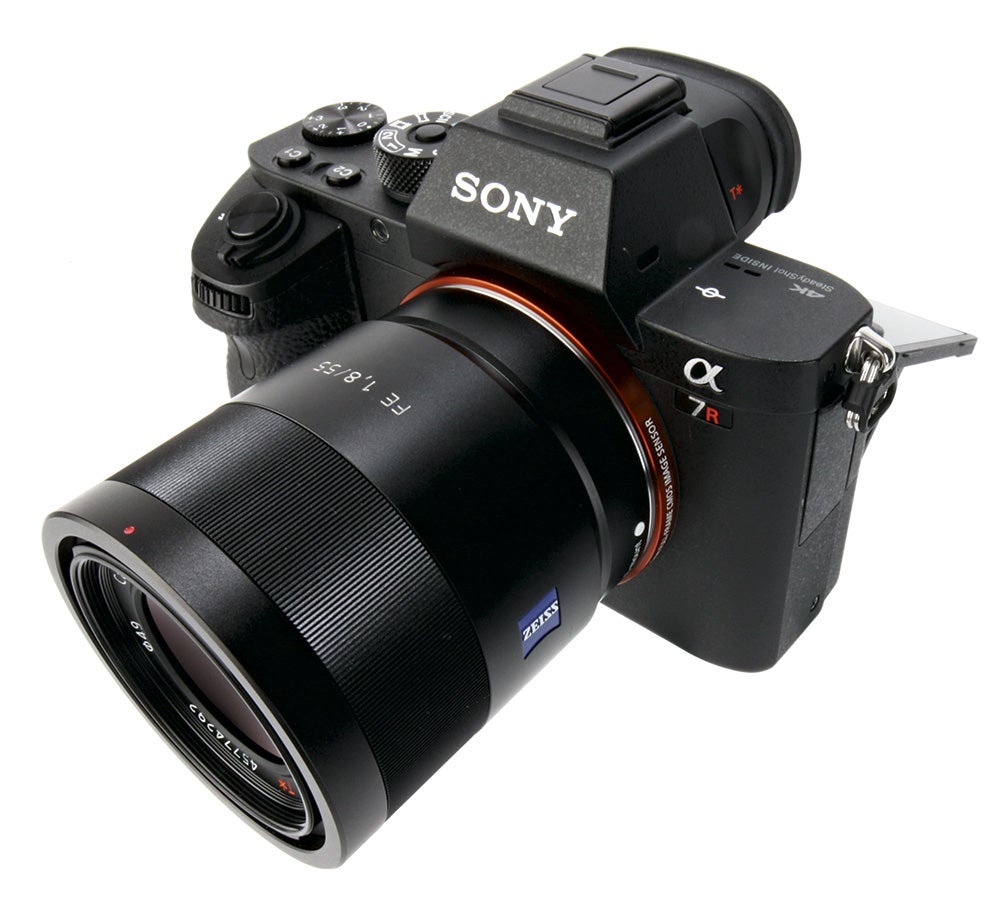Michael Topham and Andy Westlake take a look back over the camera developments made this year, and choose the advances in technology they like best
Built-in image stabilisation
Michael Topham reveals how important built-in image stabilisation has become on Sony’s latest Alpha 7-series models
A few years ago, Olympus broke new ground by revealing the world’s first 5-axis image stabilisation system on the OM-D E-M5. Rather than compensating for camera shake by addressing two kinds of movement along the vertical and horizontal axes, this new in-camera mechanism looked to tackle five different kinds of movement, including horizontal shift, vertical shift and rotary motion as well as yaw and pitch. The idea behind this technology allowed any lens, whether it was optically stabilised or not, to be mounted to the body and be stabilised, together with any optics that might be attached via a mount adapter.
Thorough testing of this 5-axis system revealed that it worked exceptionally well. It allowed users to capture sharp images at incredibly slow shutter speeds, and brought an almost steadicam-like quality to handheld video. This stabilisation technology did present a question, though – how long would we have to wait until this advanced technology became available on a full-frame camera?

Sony introduced 5-axis stabilisation into both the Alpha 7R II and Alpha 7S II in 2015
The answer came at the end of last year when Sony announced its successor to the Alpha 7. The headline feature on the new Alpha 7 II was its 5-axis in-body stabilisation system – something that immediately had people asking if it were the same system as Olympus’s. Glossing over the fact that the two companies entered into a technology partnership in 2012, Sony claims its 5-axis system is its own unique iteration of the technology. Sony’s system compensates for the familiar pitch and yaw movements, and also corrects for movements of the camera vertically and sideways. The fifth axis corresponds to the rotational correction around the lens axis, which is crucial for video recording and ensuring high-resolution handheld images remain at their sharpest. The technology is clearly similar to Olympus’s; the biggest difference is that Sony’s system brings the stabilisation benefits to a full-frame sensor.
The effectiveness of 5-axis IS

With a steady hand it’s possible to shoot sharp handheld shots as slow as 1/5sec when 5-axis stabilisation is deployed
I tested the 5-axis stabilisation system on the Alpha 7 II when it was first announced and have used it extensively on the Alpha 7R II and Alpha 7S II since. The effect is so powerful you immediately know when you have it switched on and it’s clearly visible on the screen or through the viewfinder when shooting stills or recording video. It’s particularly effective with the latter, turning what could otherwise be shaky handheld movie footage into smooth video that looks like it could have been captured with the camera mounted on a tripod.
For me, though, it’s the ability to shoot sharp images with extremely slow shutter speeds that makes it so valuable. Experimentation with Sony’s 5-axis stabilisation has revealed that it’s possible to shoot sharp images of static subjects with a shutter speed as slow as 1/5sec when the focal length is set around 70mm. This is hugely beneficial in low-light situations. By being able to capture sharp shots at implausibly slow shutter speeds, it puts less demand on having to push the sensor to the extremes of its ISO range, which ultimately results in cleaner images with less noise.
The level of customisation Sony provides on its Alpha 7-series cameras is excellent, and extensive testing of the 5-axis stabilisation system has taught me to set up one of the customisable buttons on the body so you have the option of turning stabilisation on and off in an instant. It would be nice to see a dedicated button on the body for it, but with space limited we expect it to remain a customisable option.
To summarise, Sony’s 5-axis image stabilisation is a very attractive feature and helps to set Sony’s Alpha 7 series apart from its full-frame rivals.




